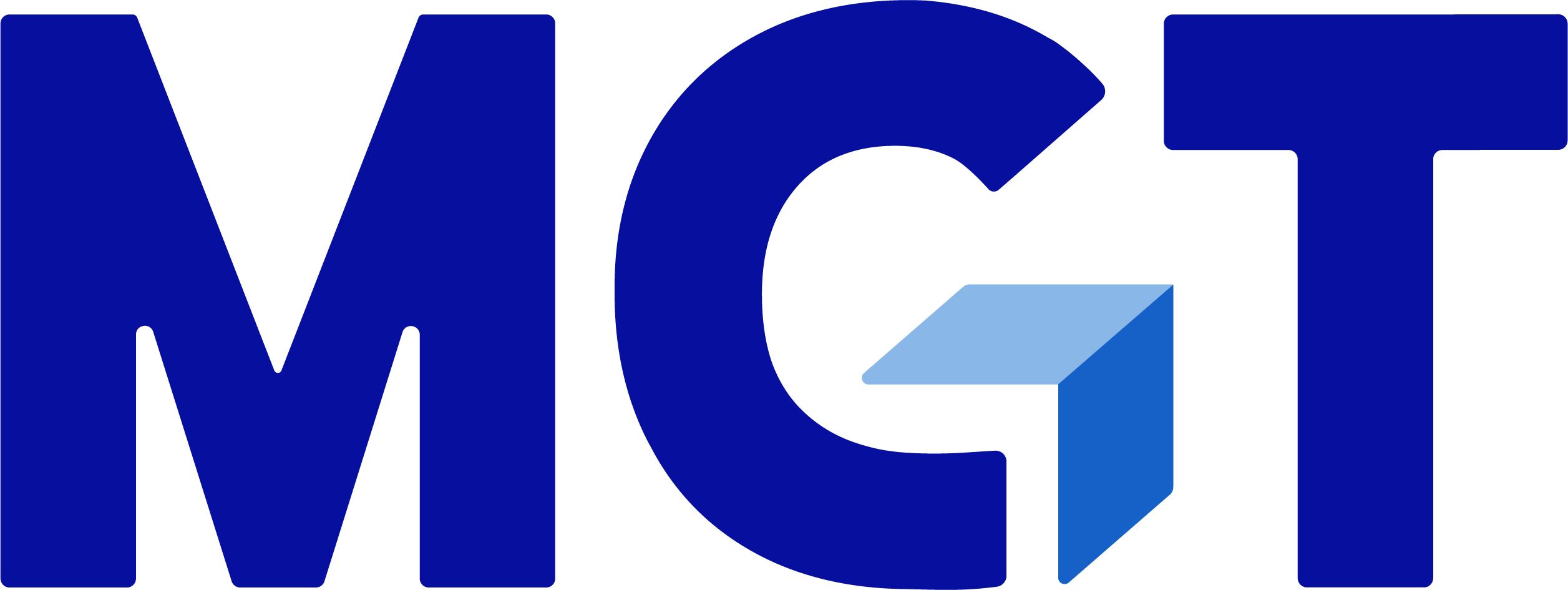Collaboration
Imagine you are a high school ELA teacher and you are the only one who teaches 9th and 10th grade ELA in your school. You know that research emphasizes collaboration as an integral part of effective teaching, but how do you do this without teaching anything in common with your colleagues?
Consider Whitehorse High School, a small, rural high school in the southeastern corner of Utah. The school serves approximately 270 students from the Navajo Nation and covers grades 7-12. Given the small size of the school, no teacher at Whitehorse shares common content and grade level with their colleagues. This year, as part of the school’s Turnaround process, Principal Kim Schaefer established grade-level Collaborative Teacher Teams as one venue to address school-wide instructional changes. Although these teams have different standards, they have been able to work on having a common dialogue around the school’s priority standards (also called Learner Centered Problems or LCPs). Each week, one teacher brings the data from an assessment they have administered related to the math or writing LCP, and the team analyzes the data and problem-solves as a group. At the end of every meeting, each teacher commits to one action they can take to help their students improve on the LCP that was discussed.
We know what you’re thinking: didn’t Kim just implement PLCs in her school? Yes, she did, but with an important twist. The key to making this collaboration successful is the common dialogue the teachers began having around different standards. Similar to Whitehorse, many secondary schools encounter the same issue that without common standards or students, it’s challenging to have a common data-driven dialogue about improving student outcomes. Schools can address this challenge by creating structures for common dialogue centered on instruction, giving teachers the opportunity to connect with others outside their school, or focusing on school-wide data analysis.
To support schools in this work, here are some options that secondary schools can use to create a more collaborative, data-driven culture:
- Establish an Evidence Based Instructional Strategy (EBIS) Focus. A great place to start is to select one EBIS (feedback, active student response, explicit instruction, etc.) that the whole school will commit to implementing. Teams can set specific goals, collect observation data and then create an action plan for improvement. If your school is working on lesson planning, this is another area where teachers can collaborate. The dialogue surrounds how we are teaching rather than what we are teaching.
- Rotate collaborative groupings for teachers of non-tested subjects and/or of a unique subject. For teachers in subjects such as art, CTE, health, P.E. or other elective courses, giving these teachers the option of rotating groups will allow them to collaborate on cross-curricular content. Another way to group these teachers is to connect them with teachers of the same subject from different schools. As with the previous option, they can select a common focus and gather data specific to that focus.
- Create a Common Learner Centered Problem. In this option, schools can utilize state or district assessments to identify a common area where all students are struggling. For example, if all students had low scores on writing informative paragraphs, this could be a focus for the whole school regardless of the content area. Teams can work together to design short-term assessments from the LCP and have a data-driven dialogue about what the data shows.
- Leverage the Consultancy Protocol. To use the consultancy protocol, one team member would need to identify a dilemma within their own classroom and collect data before coming to the meeting. The focus of the meeting would be for the selected member to share their dilemma and engage in two-way feedback to create a plan of action for improvement. Each meeting would focus on a different team member dilemma.
Although it has been a lot of work, the teachers and administration are reaping the benefits of this collaboration. Students are seeing a school-wide coordinated focus, and teachers have remarked that many of their students make comments about the fact they are using similar strategies in multiple teacher’s classrooms.
Whitehorse ELA teacher, Matt Baldwin, says it best, “Due to our implementations of CTT’s, I am feeling a shared vision and purpose at Whitehorse. Everything we do on Tuesday mornings is done for the purpose of helping our scholars improve. For the first time in my 17 years here, I feel that we are truly on the same page, working together, and sharing the load.”

Start a Conversation
Thank you for your interest in Cicero Group. Please select from the options below to get in touch with us.
